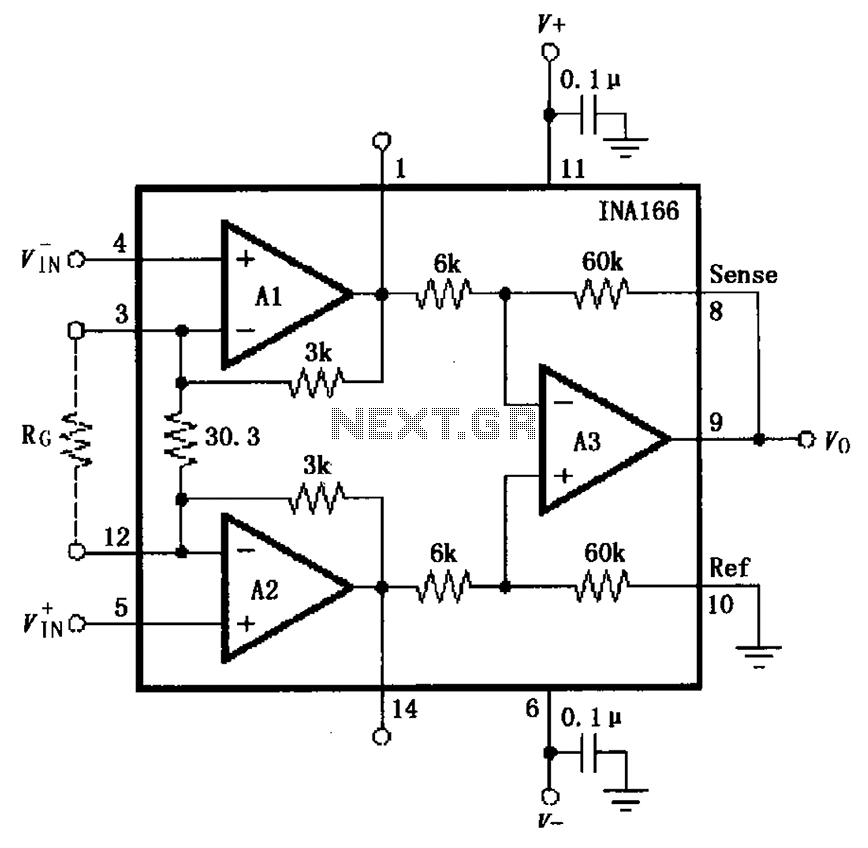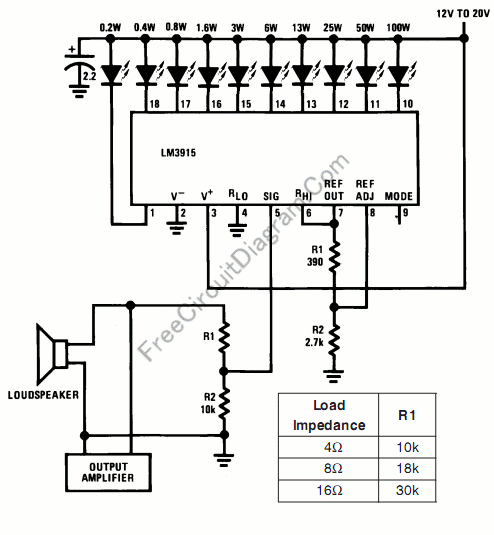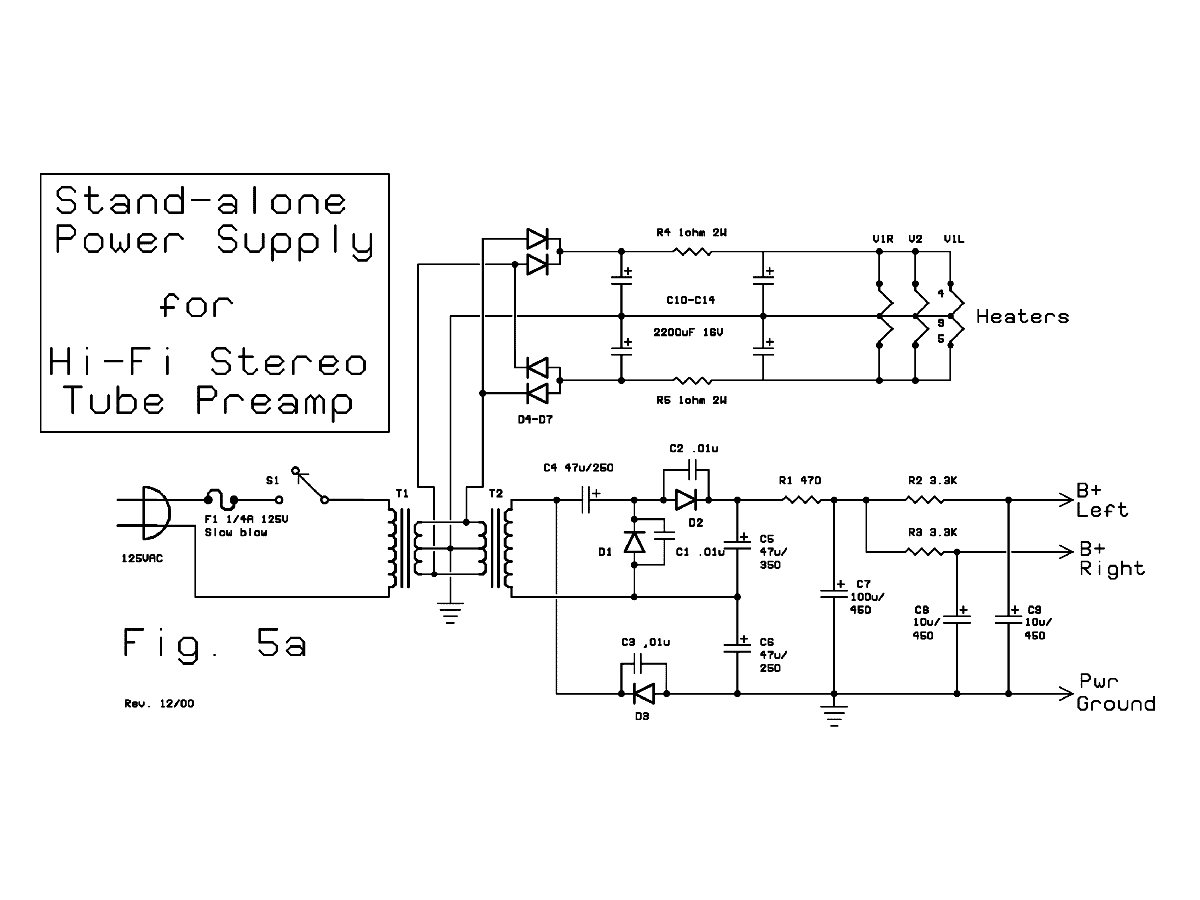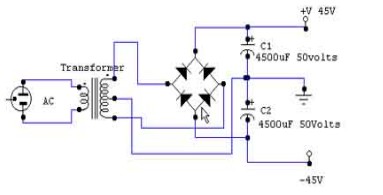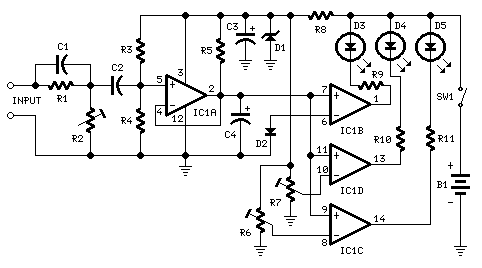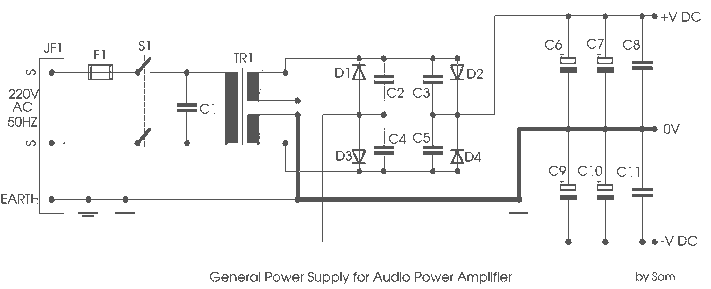
USB Power Injector For External Hard Drives
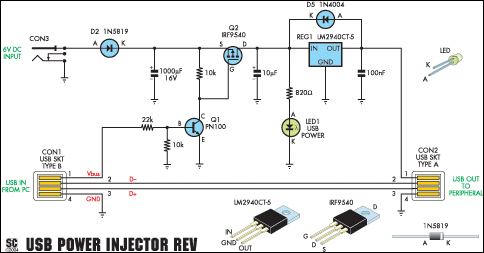
A portable USB hard drive is an effective means to back up data; however, issues may arise if the USB ports do not provide sufficient power to operate the drive. A modified version of the Silicon Chip USB Power Injector addresses this problem. The author has utilized a portable USB hard drive for data backup at work. Typically, these drives draw power directly from the USB port, eliminating the need for an external power supply. In this case, the drive is powered through two USB ports, as a single port cannot supply enough current. This is achieved using a specialized USB cable with two connectors on one end, forming a Y configuration. One connector handles both power and data, while the other is dedicated solely to power supply. When in use, both connectors are plugged into adjacent USB ports to draw power simultaneously. Standard USB ports are designed to provide up to 500mA at 5V DC, so theoretically, two ports in parallel should adequately power a portable USB hard drive. However, this was not the case for the author’s home machine. Although the USB drive functioned properly on several work computers, it failed to operate on the home system. When connected to the front-panel USB ports, the drive emitted a distinctive chirping sound while attempting to spin up. Windows XP recognized a device was connected but could not identify or recognize the drive. The same issue occurred when the drive was plugged into the rear-panel ports. This problem was not limited to the original drive; a newly acquired Maxtor OneTouch4 Mini drive also failed to power up on the home computer, despite functioning correctly on multiple work computers. The revised USB Power Injector consists of a switch and a 5V regulator. The Vbus supply from USB socket CON1 activates transistor Q1, which then powers the MOSFET Q2. This configuration provides a 6V DC regulated supply from an external plug pack to regulator REG1, which in turn supplies 5V to USB socket CON2.
The modified USB Power Injector circuit is designed to enhance the power delivery capabilities for devices that require more current than a standard USB port can provide. The circuit utilizes a dual-connector USB cable to draw power from two adjacent USB ports on a computer, effectively doubling the available current to meet the demands of the connected USB hard drive. The circuit's operation begins when the Vbus supply from the first USB socket (CON1) is detected, which activates the control transistor (Q1). This transistor acts as a switch, allowing power to flow to the power MOSFET (Q2), which is capable of handling higher current loads.
The external plug pack is connected to the circuit to provide additional voltage (6V DC), which is then regulated down to 5V by the voltage regulator (REG1). This regulated 5V output is supplied to the secondary USB socket (CON2), ensuring that the connected USB hard drive receives a stable power supply. The design is particularly beneficial for portable drives that may encounter power issues when connected to systems with limited USB power output.
The use of a power MOSFET in this circuit allows for efficient power switching, minimizing losses and ensuring that the drive receives the necessary current for operation. This modification not only solves the power insufficiency problem but also maintains the convenience of using a USB interface without the need for an external power adapter, making it a practical solution for users who rely on portable USB hard drives for data backup and storage.A portable USB hard drive is a great way to back up data but what if your USB ports are unable to supply enough juice to power the drive A modified version of the Silicon Chip Usb Power Injector is the answer. For some time now, the author has used a portable USB hard drive to back up data at work. As with most such drives, it is powered direc tly from the USB port, so it doesn`t require an external plug pack supply. In fact, the device is powered from two USB ports, since one port is incapable of supplying sufficient current. That`s done using a special USB cable that`s supplied with the drive. It has two connectors fitted to one end, forming what is basically a Y configuration (see photo). One connector is wired for both power and data while the other connector has just the power supply connections.
In use, the two connectors are plugged into adjacent USB ports, so that power for the drive is simultaneously sourced from both ports. An external USB hard drive is usually powered by plugging two connectors at one end of a special USB cable into adjacent USB ports on the computer.
This allows power to be sourced from both ports. According to the USB specification, USB ports are rated to supply up to 500mA at 5V DC, so two connected in parallel should be quite capable of powering a portable USB hard drive at least in theory. Unfortunately, in my case, it didn`t quite work out that way. Although the USB drive worked fine with several work computers, it was a no-go on my home machine. Instead, when it was plugged into the front-panel USB ports, the drive repeatedly emitted a distinctive chirping sound as it unsuccessfully tried to spin up.
During this process, Windows XP did recognise that a device had been plugged in but that`s as far as it went it couldn`t identify the device and certainly didn`t recognize the drive. Plugging the drive into the rear-panel ports gave exactly the same result. The problem wasn`t just confined to this particular drive either. A newly-acquired Maxtor OneTouch4 Mini drive also failed to power up correctly on my home computer, despite working perfectly on several work computers.
The revised USB Power Injector is essentially a switch and a 5V regulator. The Vbus supply from USB socket CON1 turns on transistor Q1 which then turns on power Mosfet Q2. This then feeds a 6V DC regulated supply from an external plug pack to regulator REG1 which in turn supplies 5V to USB socket CON2. 🔗 External reference
The modified USB Power Injector circuit is designed to enhance the power delivery capabilities for devices that require more current than a standard USB port can provide. The circuit utilizes a dual-connector USB cable to draw power from two adjacent USB ports on a computer, effectively doubling the available current to meet the demands of the connected USB hard drive. The circuit's operation begins when the Vbus supply from the first USB socket (CON1) is detected, which activates the control transistor (Q1). This transistor acts as a switch, allowing power to flow to the power MOSFET (Q2), which is capable of handling higher current loads.
The external plug pack is connected to the circuit to provide additional voltage (6V DC), which is then regulated down to 5V by the voltage regulator (REG1). This regulated 5V output is supplied to the secondary USB socket (CON2), ensuring that the connected USB hard drive receives a stable power supply. The design is particularly beneficial for portable drives that may encounter power issues when connected to systems with limited USB power output.
The use of a power MOSFET in this circuit allows for efficient power switching, minimizing losses and ensuring that the drive receives the necessary current for operation. This modification not only solves the power insufficiency problem but also maintains the convenience of using a USB interface without the need for an external power adapter, making it a practical solution for users who rely on portable USB hard drives for data backup and storage.A portable USB hard drive is a great way to back up data but what if your USB ports are unable to supply enough juice to power the drive A modified version of the Silicon Chip Usb Power Injector is the answer. For some time now, the author has used a portable USB hard drive to back up data at work. As with most such drives, it is powered direc tly from the USB port, so it doesn`t require an external plug pack supply. In fact, the device is powered from two USB ports, since one port is incapable of supplying sufficient current. That`s done using a special USB cable that`s supplied with the drive. It has two connectors fitted to one end, forming what is basically a Y configuration (see photo). One connector is wired for both power and data while the other connector has just the power supply connections.
In use, the two connectors are plugged into adjacent USB ports, so that power for the drive is simultaneously sourced from both ports. An external USB hard drive is usually powered by plugging two connectors at one end of a special USB cable into adjacent USB ports on the computer.
This allows power to be sourced from both ports. According to the USB specification, USB ports are rated to supply up to 500mA at 5V DC, so two connected in parallel should be quite capable of powering a portable USB hard drive at least in theory. Unfortunately, in my case, it didn`t quite work out that way. Although the USB drive worked fine with several work computers, it was a no-go on my home machine. Instead, when it was plugged into the front-panel USB ports, the drive repeatedly emitted a distinctive chirping sound as it unsuccessfully tried to spin up.
During this process, Windows XP did recognise that a device had been plugged in but that`s as far as it went it couldn`t identify the device and certainly didn`t recognize the drive. Plugging the drive into the rear-panel ports gave exactly the same result. The problem wasn`t just confined to this particular drive either. A newly-acquired Maxtor OneTouch4 Mini drive also failed to power up correctly on my home computer, despite working perfectly on several work computers.
The revised USB Power Injector is essentially a switch and a 5V regulator. The Vbus supply from USB socket CON1 turns on transistor Q1 which then turns on power Mosfet Q2. This then feeds a 6V DC regulated supply from an external plug pack to regulator REG1 which in turn supplies 5V to USB socket CON2. 🔗 External reference
Warning: include(partials/cookie-banner.php): Failed to open stream: Permission denied in /var/www/html/nextgr/view-circuit.php on line 713
Warning: include(): Failed opening 'partials/cookie-banner.php' for inclusion (include_path='.:/usr/share/php') in /var/www/html/nextgr/view-circuit.php on line 713
